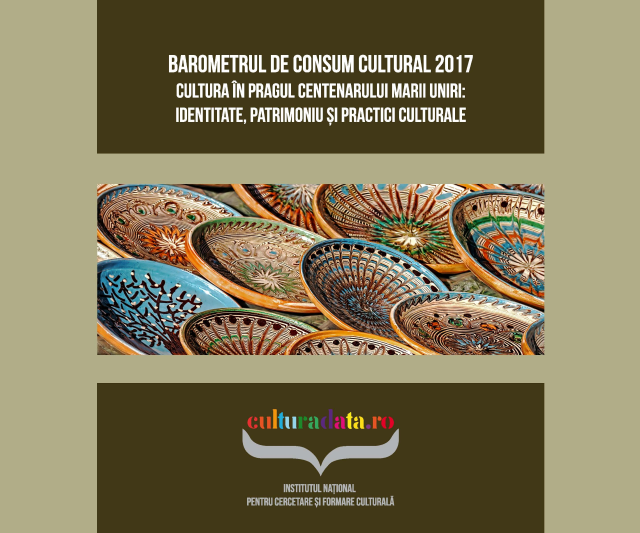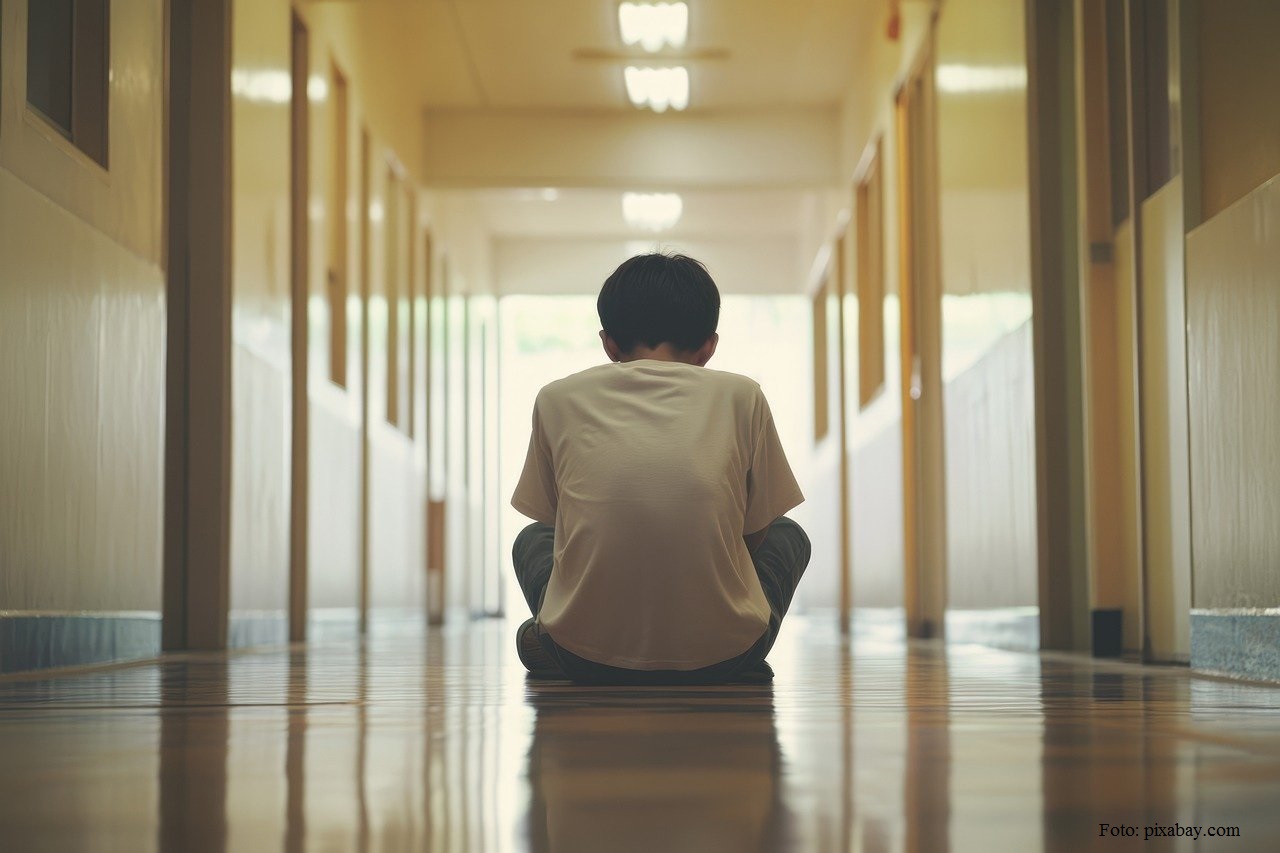Cultural Consumption in post-pandemic Romania
2023 is also the year in which the Cultural Consumption Barometer turns 18

Christine Leșcu, 28.11.2023, 14:29
2023 is also the year in which the Cultural Consumption Barometer turns 18. The National Institute for Cultural Research and Training carries out this important study every year, except during the period of pandemic restrictions when, most institutions being partially closed, the data would have been irrelevant. In fact, the recently launched edition for 2022 highlights precisely the fact that the reduction in cultural activities from 2020-2021 has not been walked back. There is still a gap between the pre-pandemic period of 2019 and the post-pandemic period of 2022. For example, the reported declines in public cultural consumption are: attending theater performances fell from 29% in 2019 to 20% in 2022, watching movies in the cinema from 35% in 2019 to 26% in 2022, visiting museums, exhibitions or art galleries fell from 38% in 2019 to 30% in 2022. The only increase was recorded for visiting historical monuments or archaeological sites, at least once a year, 14%.
Other clarifications are provided by Carmen Croitoru, the general director of NICRT:
“I’ve noticed that the trends hold, though. Therefore we are somewhat better than in 2021, we are on an upward trend, but we have not yet reached the consumption level of 2019. There is obviously a predominant orientation towards the online environment and the non-public space. Those who have discovered the consumption of culture in the domestic and individual space find it difficult to give up this habit, because it involves going out. However, we are happy to note something related to the 18-35 age segment, i.e. young people are more active and go out more in the public space because they also need this type of socialization, mediated by culture. There are big drops, unfortunately, in a lot of consumption figures. But, happily, we note a permanent upward trend in visiting heritage sites. This means that, finally, in the consciousness of the Romanian public, heritage has gained a place, an importance, an image.
From 2019 to 2022, the increase in the consumption of cultural products on the Internet is visible not only in terms of accessing streaming networks for movies or listening to music on various digital platforms. In addition, the reading and purchase of books online has increased, although, in general, Romanians still read very little. Other data, obtained this fall from the National Institute of Statistics, found that over half of Romanians had not read a book in the last 12 months, the main reason given by them being a lack of time (35%), and lack of interest in reading books (32 %). The Cultural Consumption Barometer confirms the absence of this appetite, and indicates that the reading of printed books has decreased by 9% from 2019 to 2022, while the consumption of books, articles, or other written materials in digital format has increased by 11%. In addition, the research carried out by NICRT identifies certain social financial barriers because of which the consumption of culture in the public space is either difficult or completely absent. And among these obstacles is the extremely concrete one of the lack of road infrastructure: if to get to the theater, the cinema or a bookstore, people have to travel many kilometers on foot or with poor public transport, then they will give up altogether on that type of culture. Anda Becuț-Marinescu, head of the research service within the NICRT, talks to us about these obstacles, which can be removed through appropriate public policies.
“Geographical barriers refer to the lack of infrastructure in certain geographical areas. It’s about the rural-urban distinction that you find analyzed all the time in our barometers.(…) These barriers do not only refer to the rural-urban dichotomy, but also to cities: small towns versus big cities that are university centers. (…) There are counties that do not have certain infrastructure elements. These would be geographical barriers in particular. Of course, there are still financial barriers. Here we are referring to modest incomes, which make the purchase of a book prohibitive for other social categories, which we consider vulnerable groups, and young people from disadvantaged families are such a vulnerable group. And there are also cultural education barriers related to attitude and perception. They involve decoding the artistic message, and the attitude that people who have not been exposed to culture in childhood fail to form in their lifetime without direct intervention from cultural institutions.
The link between the level of education and cultural consumption has been obvious for a long time. The Cultural Consumption Barometer, the 2022 edition, also highlights the relationship between participation in cultural activities, civic involvement, and understanding of democratic mechanisms. Carmen Croitoru explains.
“The higher the values of cultural consumption, the more likely people are to be participants in a free society, to understand their rights, but also their obligations towards society. Belonging, identity, tolerance, trust, inclusion, civic concerns, and freedom are the topics about which the research team formulated some questions, and the answers are quite interesting, but mostly paradoxical and worrying. For example, when we talk about trust, we talk about the fact that there is a very low trust for the information passed through social networks, and yet, the percentage of people who follow social media is higher than for the rest of the things. People no longer trust what is said on television, on the radio, in newspapers and printed magazines, but these are some consequences of a certain kind of approach to the news. I return to this idea: culture also means respect for the citizen and for the citizen’s freedom and cultural rights. How much trust and what kind of horizon we are building for citizens can be seen very clearly from the barometer. We are talking about the current generation that is the result of ignoring the cultural act for over 20 or 25 years. Therefore, at the least, let’s start doing something for the next generations, for those who are young now, at least some of them, so they become a little more culturally active.
During the pandemic, the Cultural Consumption Barometer was replaced by studies on certain participation trends, in order to keep in touch with the changes in habits that people went through during this time.






























